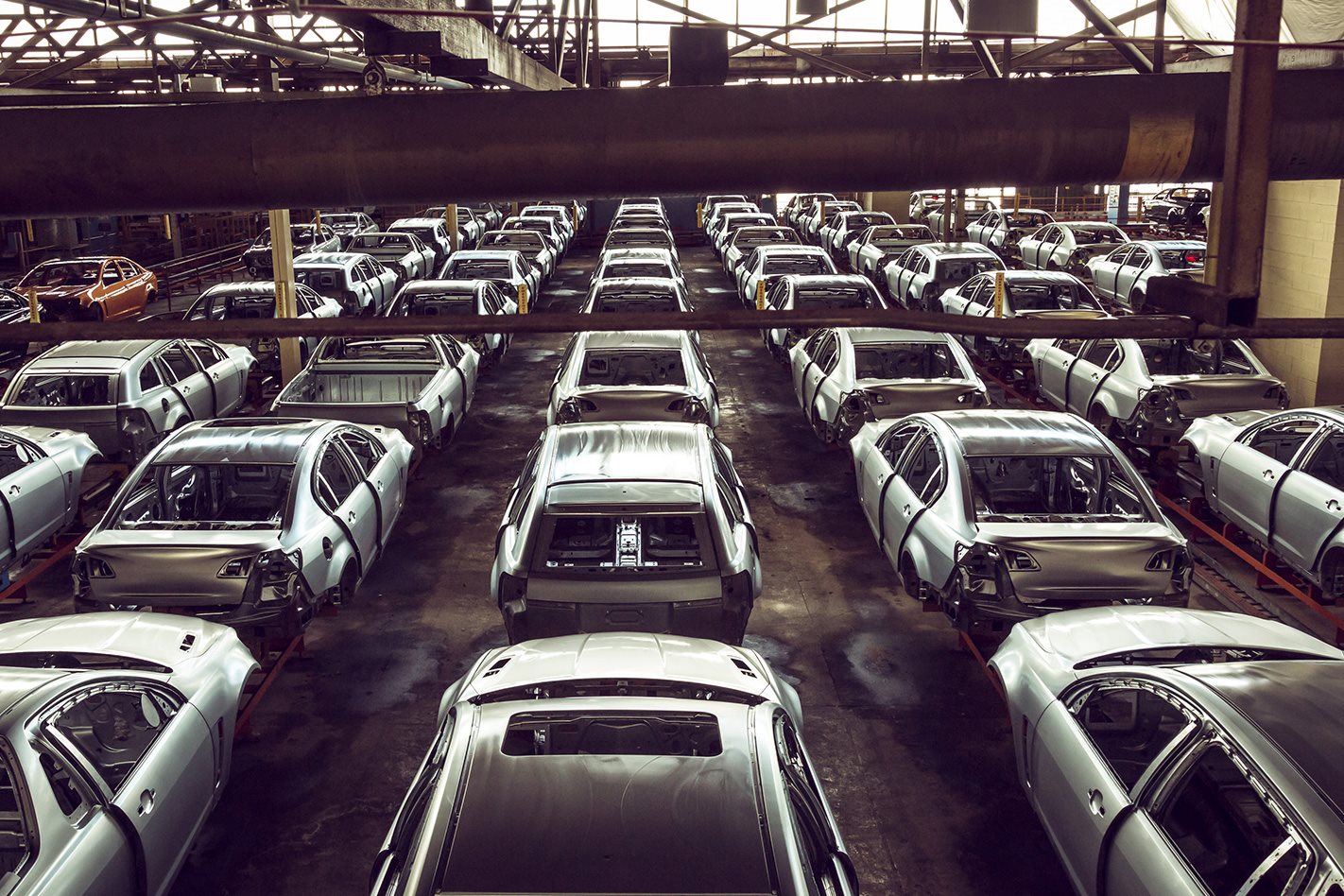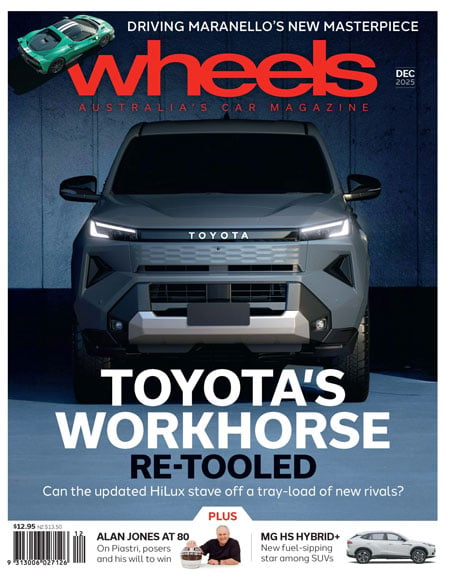Today marks three years since Holden officially closed its Elizabeth plant, bringing Australia’s new car manufacturing industry to a grinding halt. This article was first published in Wheels’ November 2017 issue.
“We have worked for the last four and a half years to make Holden a company that will last for decades,” said Peter Hanenberger, Holden Ltd chairman and managing director, back in July 2003.
“We have the right people in place and we are financially very sound. So, it makes my departure fairly easy from the point of view of people. The team is in place, the products are in place and the things that are to come are in place.”
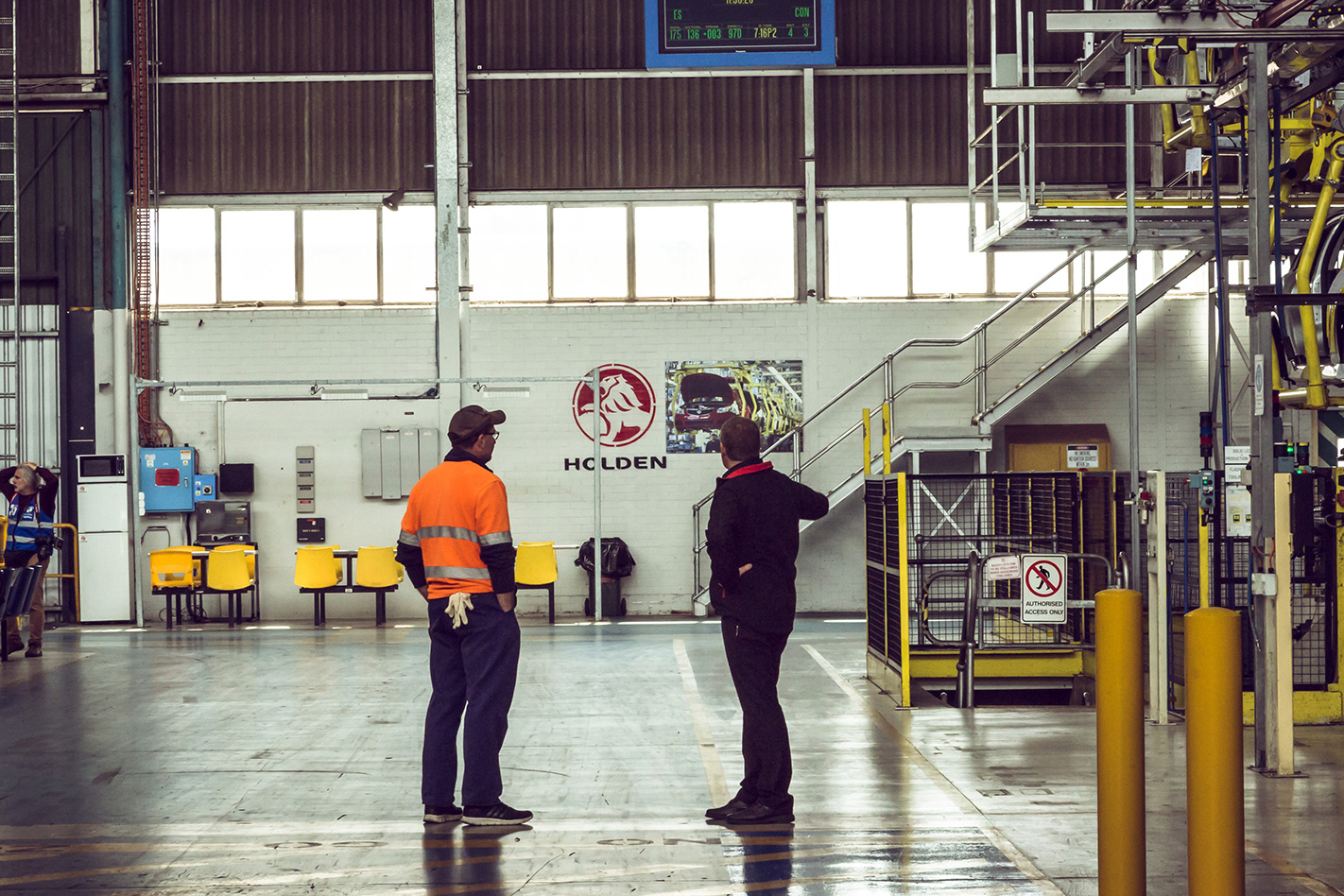
A little more than 17 years since one of Holden’s greatest leaders uttered those optimistic words, Holden joins Ford and Toyota in abandoning the Australian car- building business.
We despair about all three, but Holden especially so. When General Motors won the right from the Australian government to build Australia’s car, its relationship with us changed. Even if we didn’t own a Holden, even if Holden was owned by a US giant, we felt proprietary because of Holden’s local name, its ancestry, the 48-215 and the many cars that came after.
Holden was the market leader for decades, rode on the back of its Australian-ness and promoted its true-blue patriotism at every turn. But that special relationship couldn’t save Holden from ending manufacturing and killing off the locally developed Commodore. As protection fell, Asia rose, tastes changed, more brands launched into a small and already congested market, the Global Financial Crisis bit and finally, the federal government turned its back, the sums didn’t add up, the end came and the tears fell.
Much of what happened was outside the control of Holden and General Motors. But the rapid plunge in fortunes also means the relationship between parent and child deserves scrutiny. Since 2000 the job of running Holden has been a revolving door. Nine men have held the role of chairman and managing director. Four of them are key to where the company finds itself now.

When Hanenberger spoke in 2003 soon after his retirement was announced, his optimism was not only feasible but entirely understandable. Holden had led the market with a 21.4 percent share in 2002, sold more than 88,000 Commodores and reported a $265.6 million profit.
Those numbers made GM happy and delivered Hanenberger an important level of independence.
Hindsight enables us to see he was the last Holden boss with the combination of seniority, capability, character traits, experience, confidence and freedom to run the company as he saw fit. The place was dubbed Fortress Holden under his command.
“I was very independent,” he told Wheels. “I couldn’t give a shit what they thought in America. I was working for Australia and Holden.”
Hanenberger wasn’t blind to the coming challenges. He understood Holden’s continuing place in a changing automotive world relied on its ability to carve out its own unique niche. As he saw it, the best defence Holden could mount was offence.

Intrinsic to his tenure was a 10-year strategic plan developed soon after he took over at Holden in 1999. It was a document of blue-sky ambition, calling for production at a vastly expanded Elizabeth to hit 300,000 in 2010. The plant would pump out a wide range of locally developed and manufactured models on Zeta architecture including all-wheel drives and a smaller rear-drive BMW 3 Series rival based on a shrunken version of Zeta.
As GM’s ‘homeroom’ for affordable rear-wheel-drive development, Holden would ship Zeta technology to the world, as well as completely built-up cars to selected markets such as the Middle East and North America for export. The plan also called for a strong promotion of halo models. Today’s fabulous Commodore SS V Redline is a direct descendant of that thinking.
The pace at Hanenberger’s Holden was frantic. The Crewman and Adventra were spun off the V-Car platforms, the plant added a third shift, the Monaro became a Pontiac GTO with GM product guru Bob Lutz’s support, exports boomed and a new V6 engine plant was built at Port Melbourne. In 2003 Holden reported a $285.6 million profit and in 2004 it made a heady $300.8 million.
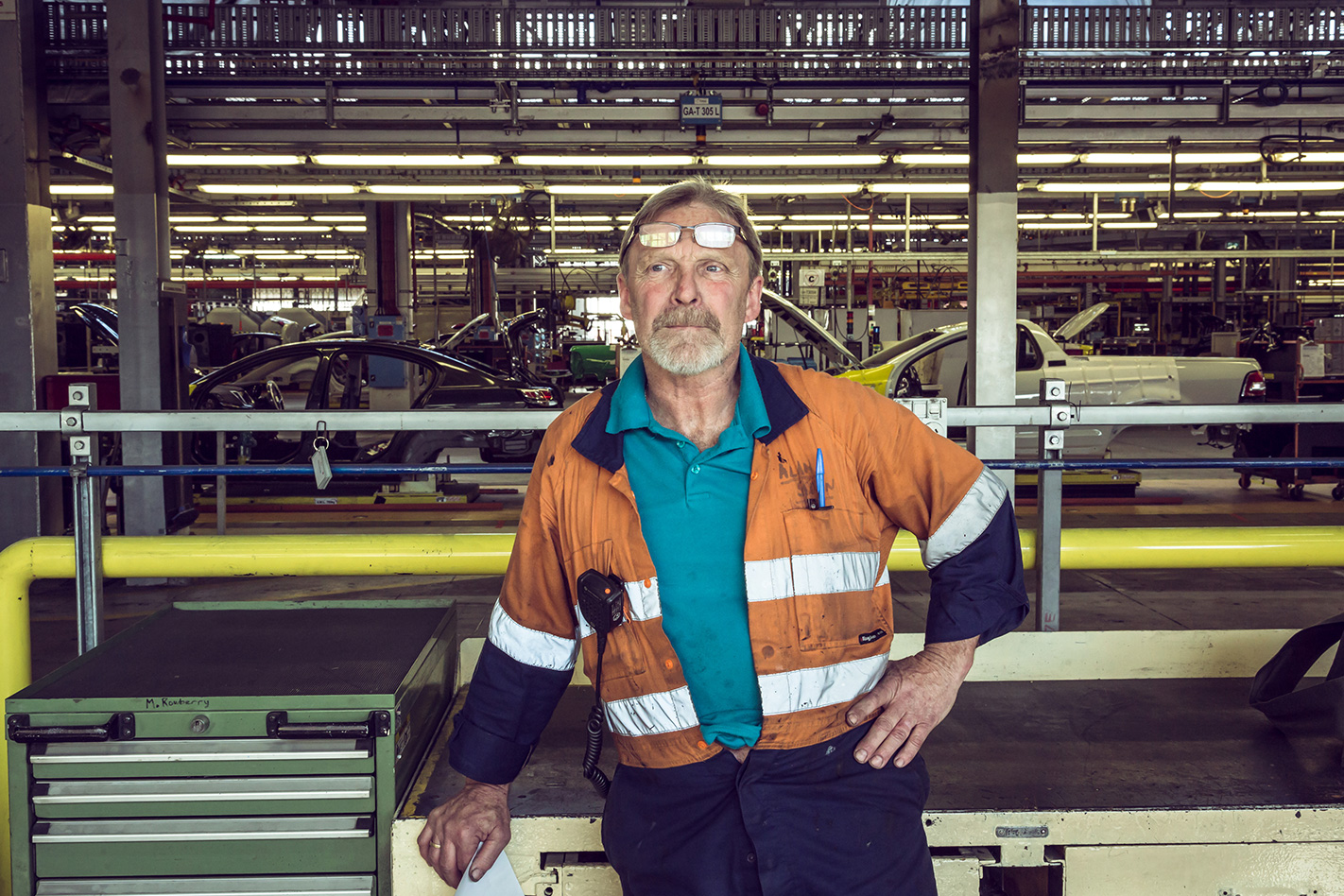
As is typical of such driven men, Hanenberger had his flaws. He over-reached as a matter of course, routinely made autocratic decisions and placed huge expectation and strains on his management team that included legendary sales and marketing chief Ross McKenzie, droll engineering director Tony Hyde and thoughtful planning boss Ian McCleave.
“It was Peter’s car company and his vision,” says Hyde. “He had a vision and he charged us with delivering the vision and we were quite happy to, because his vision made sense.
“Peter had lot of visions, actually,” Hyde adds dryly. “Not quite sure we could have afforded them all.”
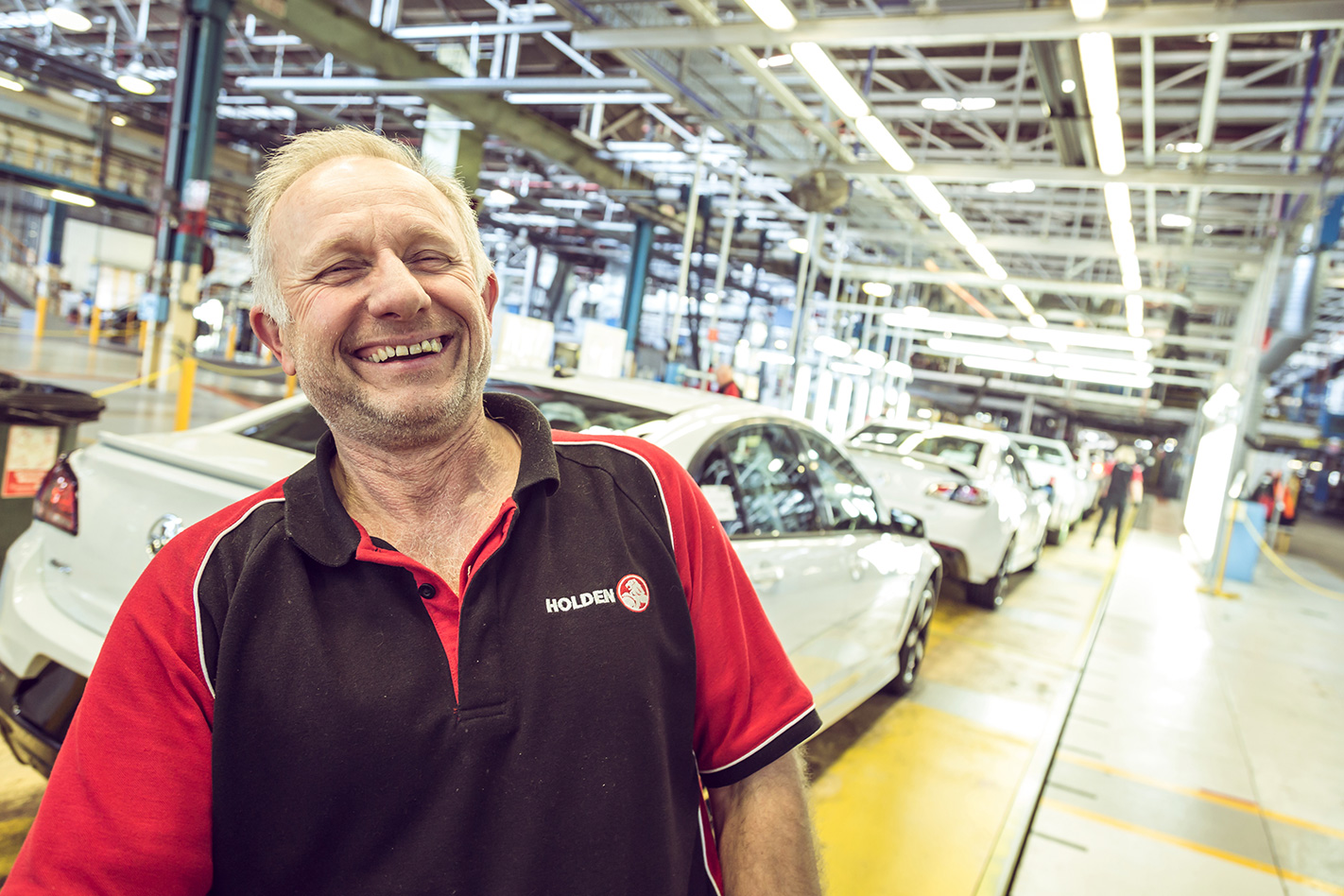
Hanenberger’s most outlandish vision was taking the Holden brand-name international. It was an idea that got short shrift at GM. There was logic behind the breathtaking audacity, though. Hanenberger saw it as a way to guarantee export volume against unexpected reversals … like GM’s decision years later to close Pontiac and end G8 (Commodore V8) exports.
“There is no reason you couldn’t sell that car right around the world,” says Hyde. “People were saying it’s too wide or it’s got a V6 engine in it; well, an E-Class Mercedes is wide and it’s got big engines in it yet they sell them right around the world in left- and right-hand drive. Hyundai has released a Genesis with a 3.6-litre and it’s around the world. The Kia Stinger is about to go on sale around the world too.”
Even though GM global boss Rick Wagoner lauded Holden as a “case study to GM operations around the world of how to succeed with intelligence and creativity”, there’s no doubt Hanenberger’s maverick behaviour drove Detroit batty. His retirement was the chance for GM to rein in its southern outpost. That dovetailed with the corporation’s continuing efforts to streamline and globalise. It desperately needed to improve economies of scale as it fought to stem multi-billion-dollar losses.
Hanenberger’s choice of successor – a globally experienced Australian he still refuses to name publicly – was rejected and instead Denny Mooney, an engineer who had spent much of his career at the Warren Technical Centre, was sent to Holden. It was his first general management role.
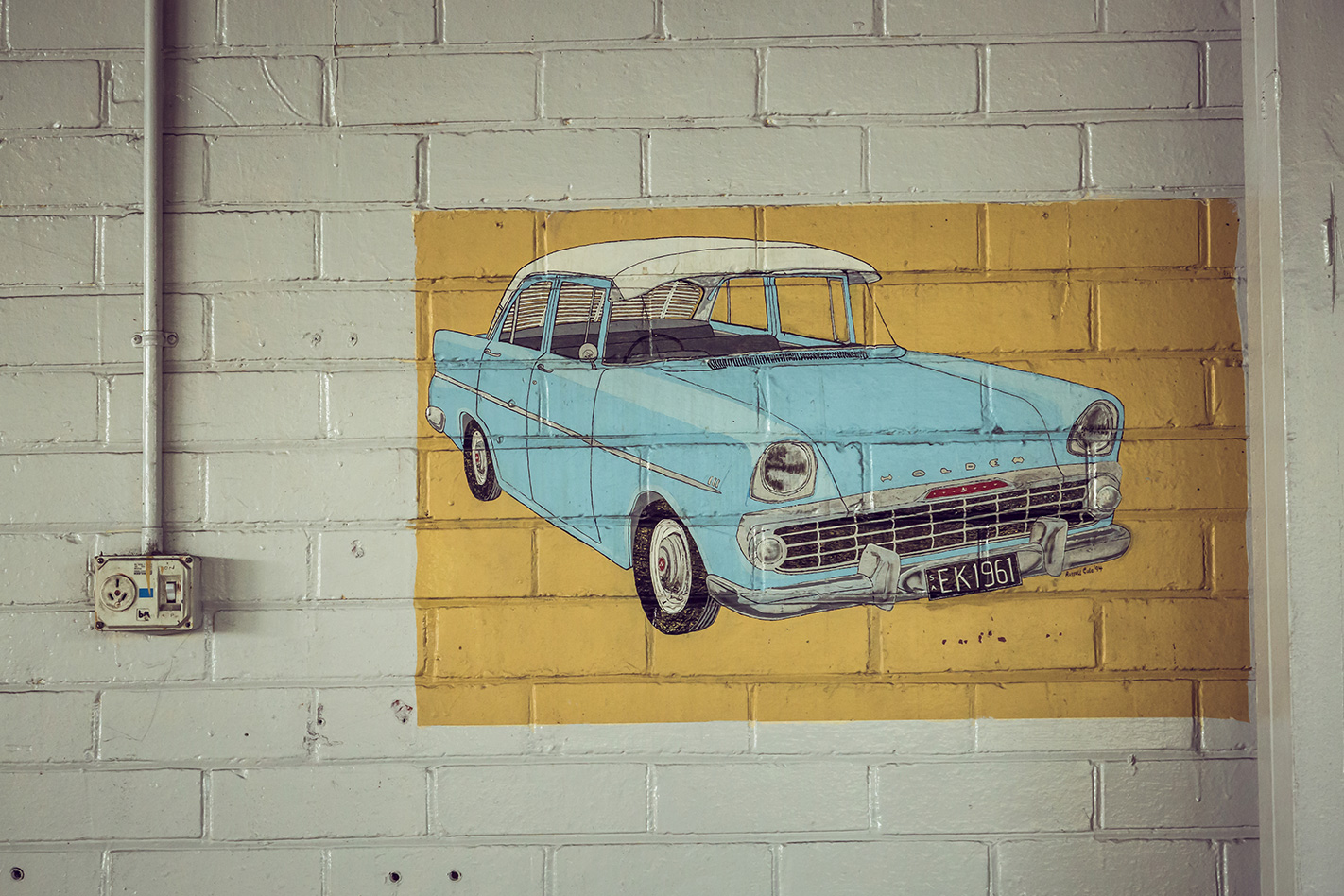
“It was clear there were people in Detroit frustrated with Holden’s independence under Hanenberger,” says McCleave. “Not only was the business going sour but it didn’t fit with GM’s push towards managing products and manufacturing globally. Overnight my title changed from ‘Business Strategy and Planning’ to ‘Planning and Program Management’. I got the message.”
Mooney’s appointment made sense in those terms and because of Holden’s role as the Zeta global homeroom and the process of bringing VE Commodore to market. But handling the economic challenges that struck during his tenure were arguably not in his wheelhouse.
Skyrocketing exchange rates lowered exports and increased the cost of engineering, the local market continued to open as tariffs fell and so-called free-trade agreements proliferated. The traditional market for large cars – even as VE launched – was being reduced by the rise of novated leasing.
Hanenberger’s strategic plan was largely ignored, the V-Car niche models ended and plans for Zeta replacements never got off the drawing board. The smaller Zeta sedan only made it as far as the Torana show car, the third shift ground to a halt, production of the Family II four-cylinder engine ended, exports dwindled. Then there was the fateful bottom-line driven decision to swap from Opel to Daewoo for small passenger cars was made at the behest of GM.
“At a time when much of the market growth was in these segments the timing couldn’t have been worse,” says McCleave. “It’s only now, more than 10 years later, that Holden appears to have learned from that lesson and has now reverted to European sourcing.”
At the same time as Commodore sales were shrinking and four-cylinder sourcing was being swapped to Korea, Holden was struggling to add the imported models it wanted to its line-up. Getting GM to build North American models such as its trucks and SUVs in right-hand drive was long a bugbear at Holden.
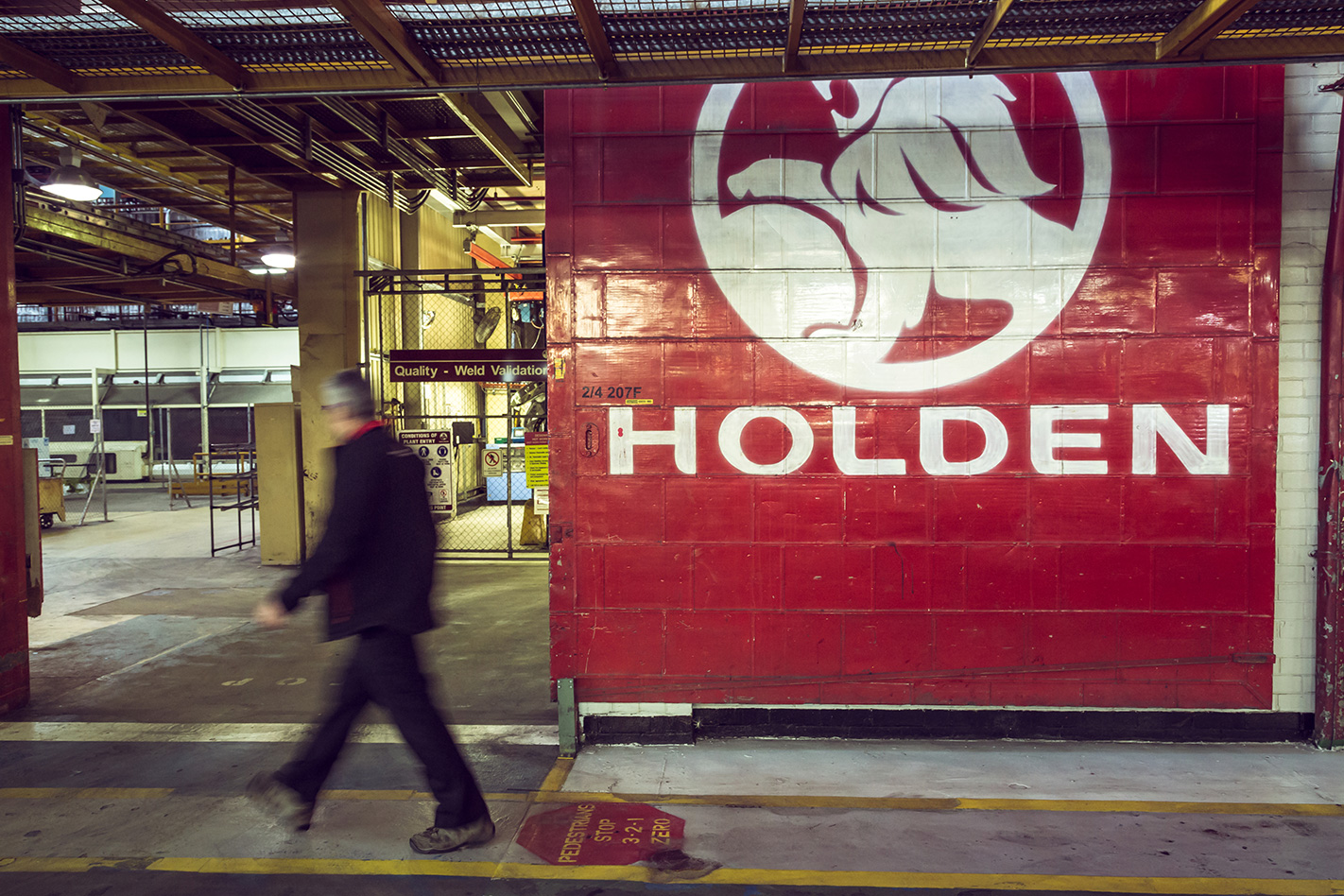
“We went into the Middle East for $20 million including [left-hand-drive] tooling and engineering and they never seemed to be able to do it,” notes Hyde. “It frustrated the hell out of us.”
Ironically, Holden as an importer will introduce the Equinox and Acadia SUVs over the next couple of years – both right-hand-drive exports from North America – to replace the ancient Korean Captiva. The big utes like the Chevy Silverado remain off-limits, though.
Mooney simply rejects the importance of Hanenberger’s 10-year plan and the Torana to the company’s future health: “I don’t recall a strategic plan as defined as what you’ve just outlined,” he tells Wheels. “I don’t recall ever getting that serious about [Torana]. Put it this way; we had other priorities.”
All the decisions made under Mooney’s reign were justifiable, but they were defensive measures. Money was being lost as the cost of bringing VE Commodore to market mounted up to more than $1 billion. Mooney, who left GM in 2009 and is now the engineering chief of Navistar trucks based in Chicago, insists there was no alternative course or alternative eventual outcome.
“The tariff going down and exchange rate going up like they did … I don’t know how you survive,” he told Wheels. “Looking back on it now and knowing the global economics going down and the dollar going up; it just became unsustainable.”
By the time Mooney left Holden to return to Warren in mid-2007, the Australian outpost was well and truly tethered to the GM mothership. The trouble was the mothership was about to go flaming into bankruptcy as the GFC wreaked fiscal carnage across the globe.
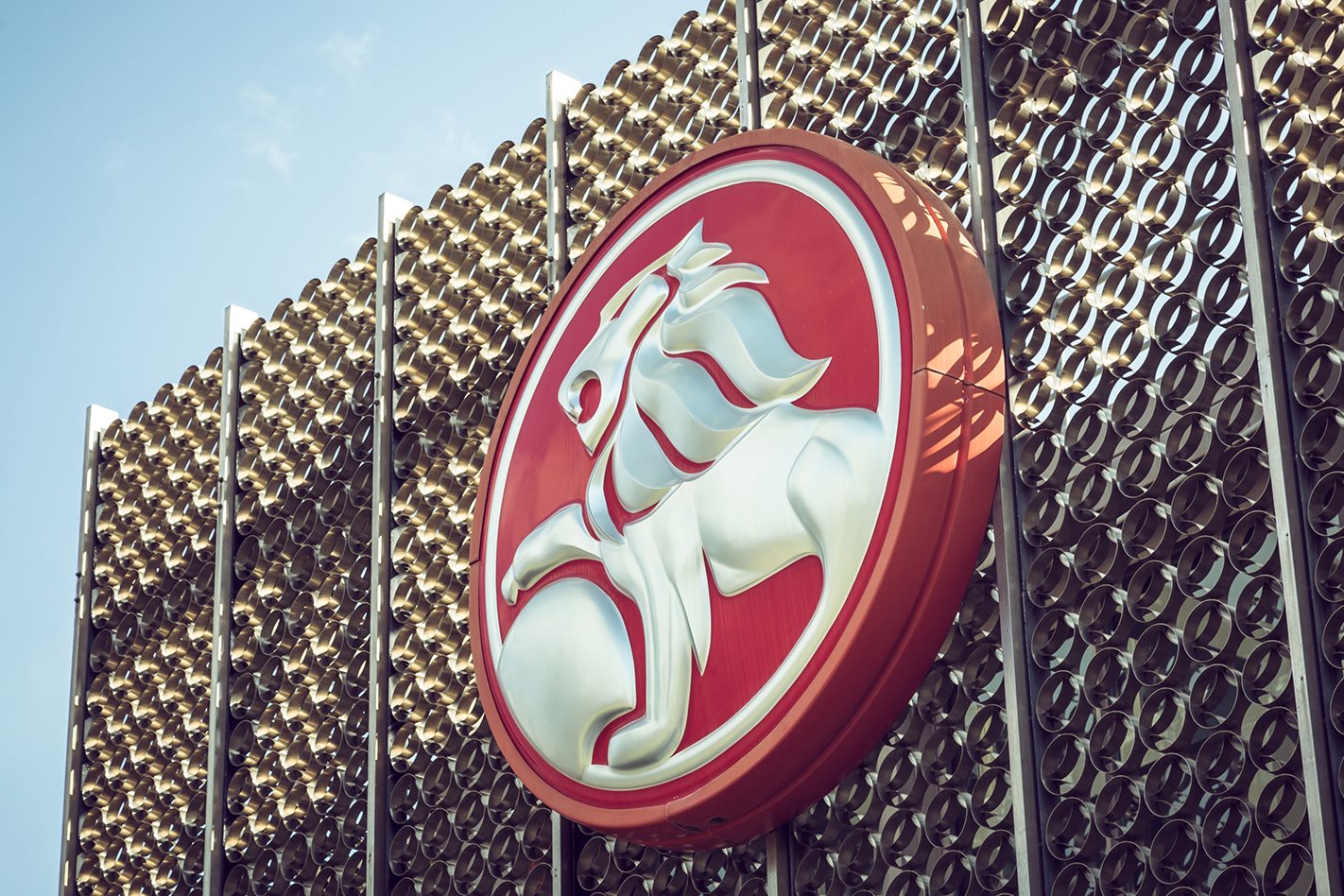
The US government bailout meant a fresh start but harsh decisions for General Motors. The Pontiac brand was killed off and with it went Holden’s cornerstone G8 export program for the Commodore. The axing of global Zeta was another huge blow driven by GM’s budget paucity, as well as tightening US fuel-economy standards. This was a program that had up to 15 models planned for GM’s family of brands including Chevrolet, Buick, Cadillac and drove Holden’s engineer head count beyond 1000.
There’s an irony here that Bob Lutz’s enthusiasm for Holden and his determination to draw it into the global product development structure ended up adding to the company’s challenges.
The American Mark Reuss, a second-generation GM executive and truly passionate ‘car guy’, and his management team got to pick up the pieces. Holden, which hadn’t made a profit since 2004, could have been swept away like Saab, Hummer and Pontiac as part of the old bankrupt GM.
Instead, Reuss and co worked with the federal Labor government industry minister Kim Carr, a tireless supporter of local car manufacturing, and Prime Minister Kevin Rudd to save Holden by securing Cruze local production.
“I’m extremely lucky to have people in Government here who understand what the business is, what it means to the country, what it means to the families that work for it, the wage basis that goes back into the economy, and all of the flow-down effects for the supplier base, and everything else,” Reuss said at the time.
Australian Mark Bernhard was Reuss’s chief financial officer in those dark days. Now he runs Holden.
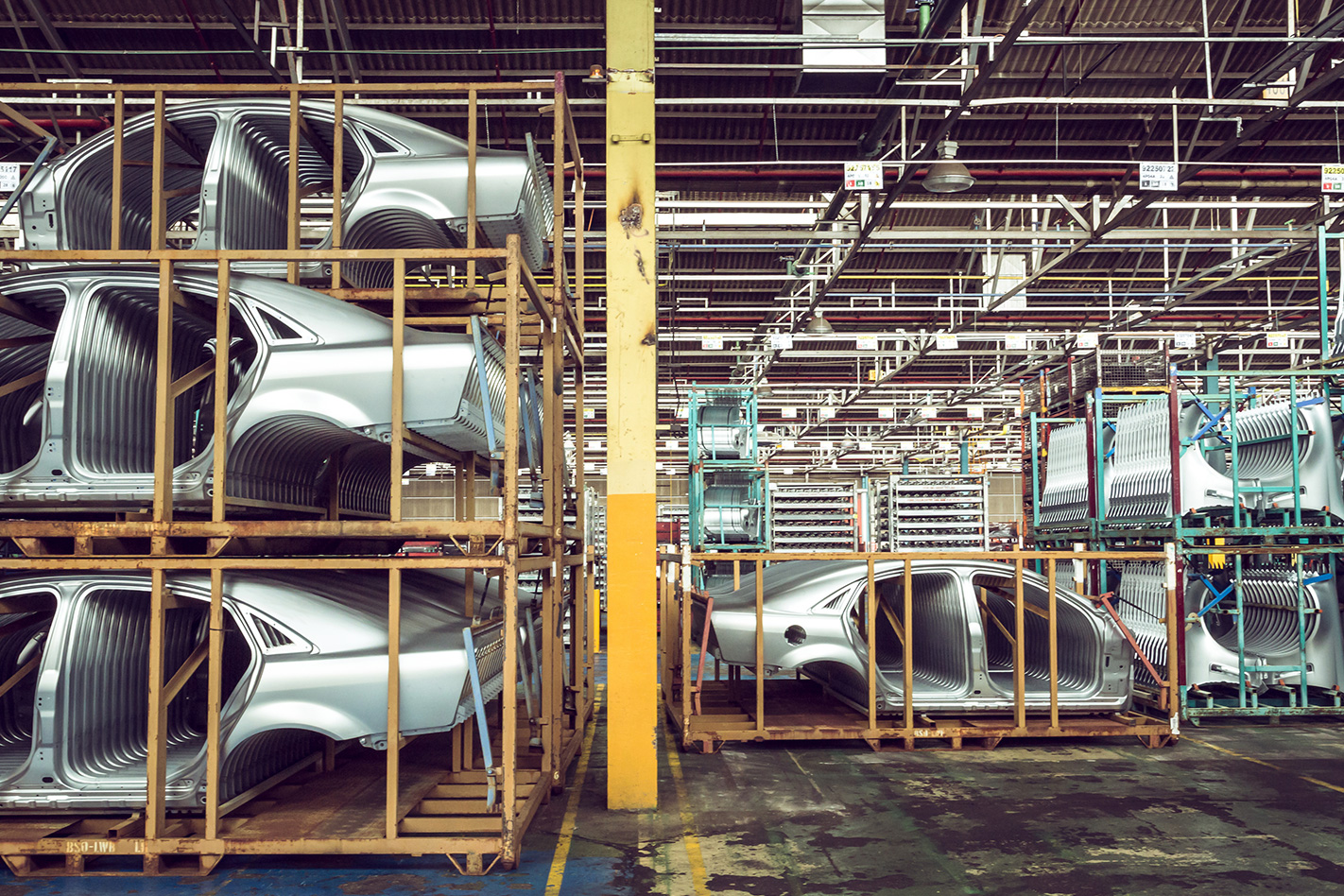
“Did I walk into the office in those days knowing we were in for some tough times? Yes. Did I ever come in thinking we were about to turn the lights off? No.”
But if Cruze presented a lifeline for Holden, then the death of Pontiac and the end of G8 exports was a huge setback. Elizabeth Zeta production was 50 percent export and the G8 made up a big chunk of that. Other exports like the PPV police car and the Chevrolet SS never made up the shortfall.
“The export business around Pontiac did have an impact on the business and we did have to probably regain our focus on the local market and be much more specific around where we needed to concentrate and make money,” admits Bernhard. “But that should have always been our first priority – the Australia and New Zealand market.”
Reuss, who is still highly regarded at Holden, now runs GM global product development. He wasn’t willing to be interviewed for this story.
“Mark is a product guy and very quickly gained a lot of passion for the Holden brand,” Bernhard says. “He led us through one of our most difficult periods. I loved working with Mark and still do.”
Charismatic Canadian Mike Devereux was in charge when the decision was finally made in December 2013 to shut down manufacturing at Elizabeth.
He draws both praise and venom from those who knew him during his Australian tenure. He is now EVP of a huge GM joint-venture with SAIC in China, so implementing the hard decision clearly hasn’t damaged his career. Like Reuss, he declined to be interviewed for this article.
Some see Devereux as a heroic battler who was finally overwhelmed by the odds. Certainly then Australian Treasurer Joe Hockey helps swing that argument his way. But others familiar with his time at Holden aren’t convinced.
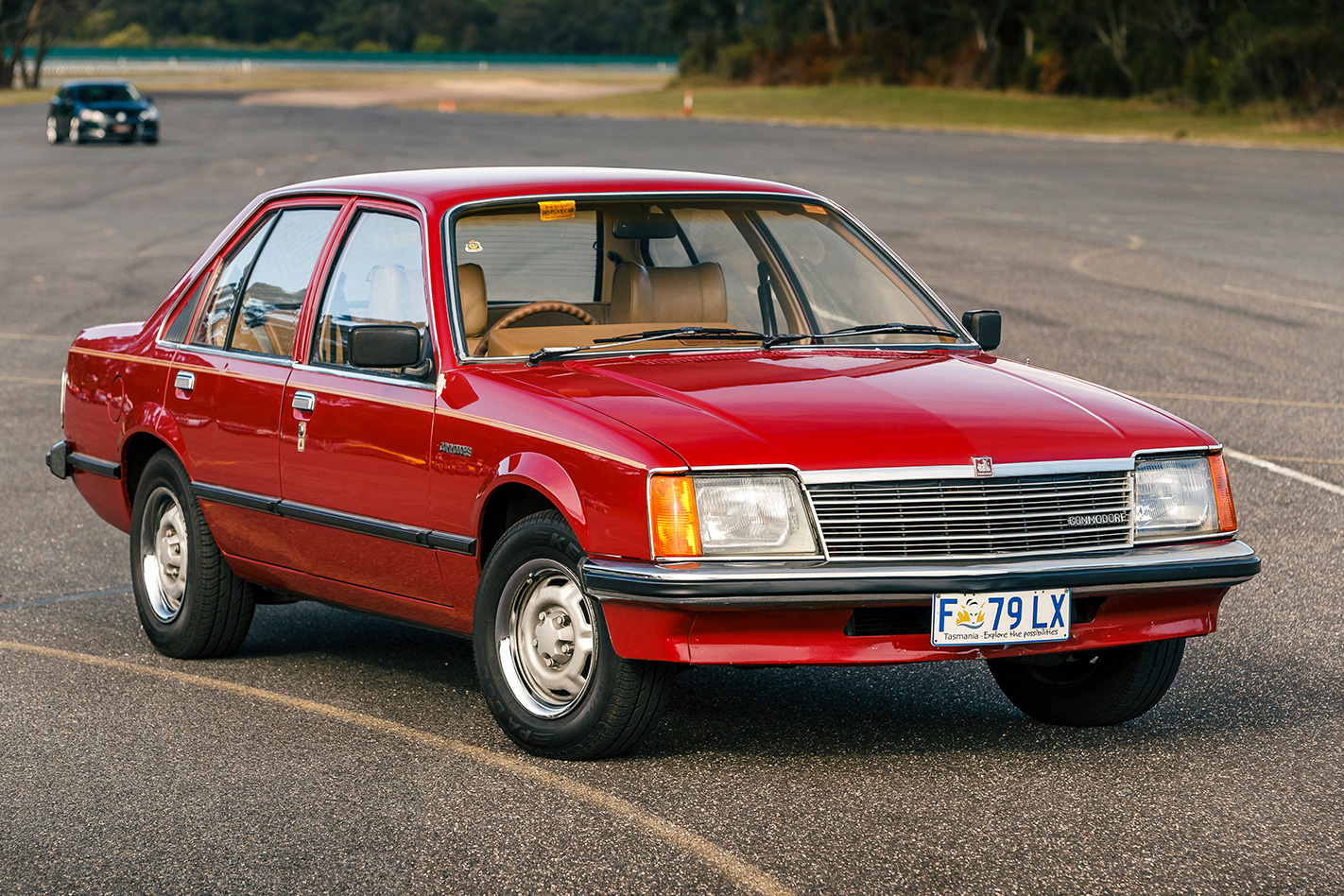
“A lot of the decisions which led to closure were made by bean counters and HR people and fourth-level powerpoint generators and analysts,” a Holden source tells Wheels. “Absent emotion; the data reigns supreme. The difference right at the end would have been an MD fighting his heart out to save the place, but you could also argue the die was cast before he got there.”
But however you view Devereux, it’s clear he alone isn’t responsible. There are many other heroes and villains in this story of hope and decline, some whose responsibilities may never be known publicly. The reality is by the time he sat in the corner office at Fishermans Bend, the fight was becoming an unbalanced one. Not only were those external factors becoming more oppressive, but post-bankruptcy GM was a different organisation too.
Holden’s automotive manufacturing capability was simply one line item in a long list of GM amputations. The decision to close the Elizabeth plant, so long fought against in Australia, was in the end made quite dispassionately in Detroit.
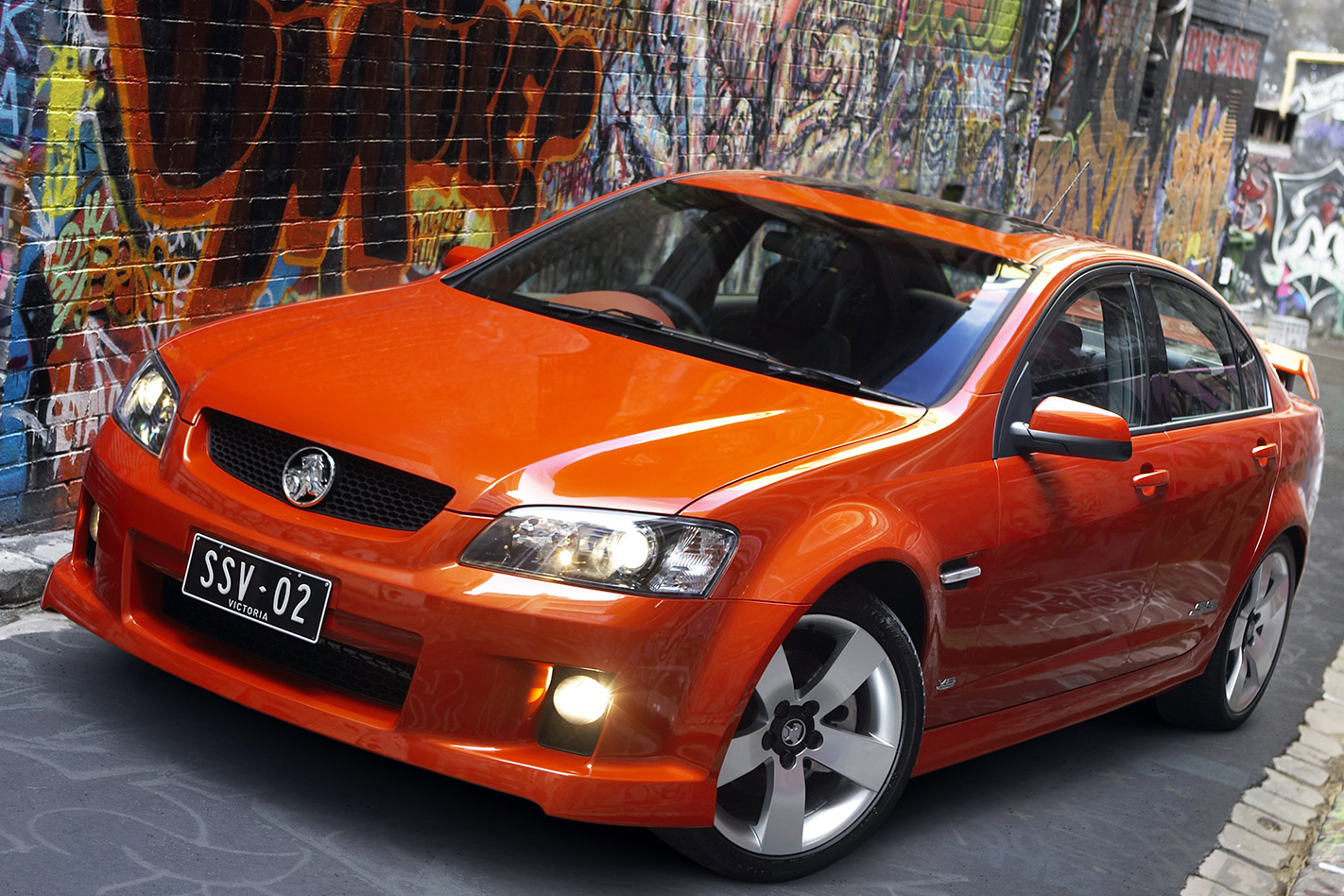
“A lot of people in GM in Detroit don’t get Holden,” explains a GM insider. “In many ways, Holden for GM people became the thing that should not be. They loved our spirit and ingenuity but we confused them. If Pontiac had to go, why should Holden stay? If GM Thailand were to be shut down, why keep Australia with its expensive labour?”
So is there anything that could have saved Holden as a manufacturer? If the Hanenberger offensive battle plan had been retained and evolved. If GM had invested in Holden as its regional tech centre rather than bought Daewoo. If Holden had been allowed to export its rear-wheel drive models unfettered to places like California where they would have been well received. If GM had elected to sell Holden when it was worth something. If GM hadn’t collapsed into bankruptcy.
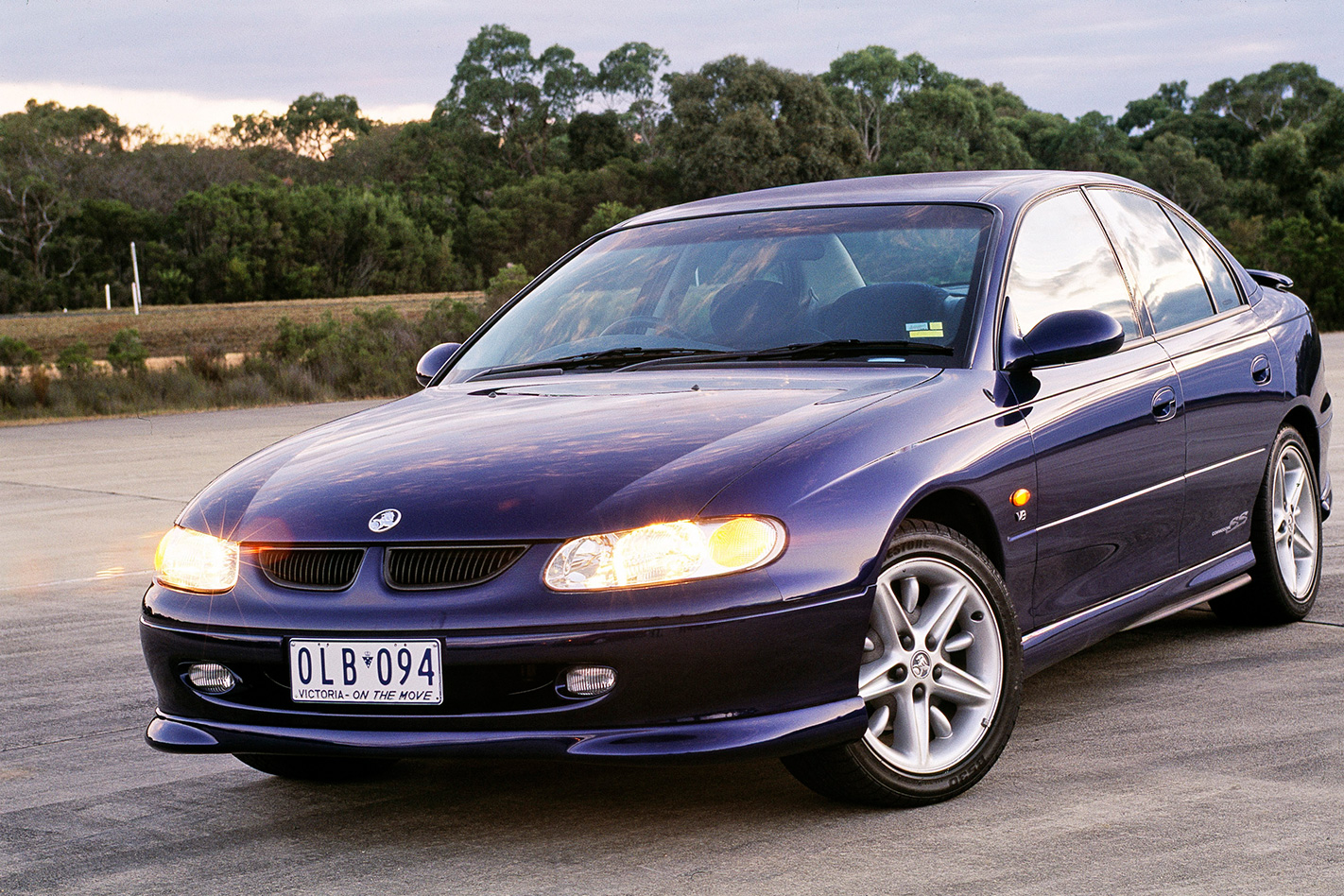
But that’s pipedream stuff. The reality is the structure of the Australian economy, the tyranny of distance, the cost of labour, the openness of the local car market and the escalating cost of vehicle development all counted it out.
Oh, and – very importantly – the Abbott government’s determination to prosecute its neo-liberal agenda. After all, if you want a car industry you need a concerted, unilaterally supported car-industry plan. “It’s hard to imagine a situation where Holden could have survived as a local manufacturer in a country where the government has decided that the future for large enterprises lies in construction, mining or agribusiness,” says McCleave.
“History tells us that high-volume manufacturing has only thrived when supported by protection through tariffs or import restrictions.”
So the factory doors are shut. Shorn of the underpinnings that have supported it since 1948, the next survival battle is for the Holden name itself.

